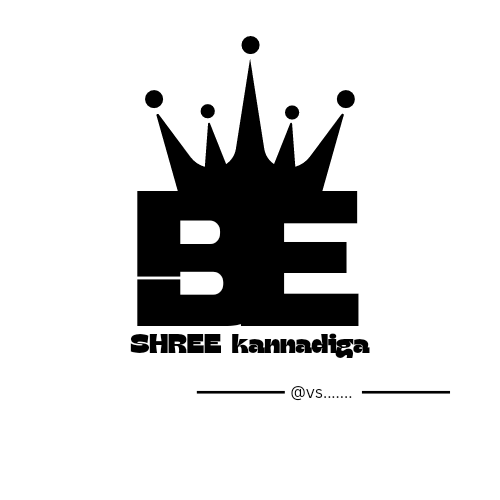well come to Nathuram Godse life journey.
 |
Nathuram Vinayak Godse
born: Ramachandra Vinayaka Godse
19 may 1910
Baramati ,Bombay
presidency, British India.
present day (Maharashtra ,India )
Died: 15 November 1949 9 aged 39)
Ambala central jail, east
Punjab ,India .
Cause of death: execution by hanging
Organization (s) : Rastriya Swayamsevak
Sangh
Hindu Mahasabha.
|
Nathuram Vinayak Godse ( 19 may 1910-15 November 1949) was the assassin of mahatma Gandhi. he was a Hindu nationalist from Maharashtra who shot Gandhi in the chest three times at point blank range at a multi -faith prayer meeting in Birla house in new Delhi on 30 January 1948.
Godse was a member of the political party ,the Hindu mahasabha ,and a member of the Rastriya Swayamsevak Sangh (RSS) ,a right -wing Hindu paramilitary volunteer organization , and a popularizer of the work of his mentor Vinayak Damodar Savarkar , who had created the ideology of Hindutva.
Godse had two unsuccessful attempts to assassinate mahatma Gandhi in 1944 before he succeeded the third time . after the 1948 assassination ,Godse claimed Gandhi favoured the political demands of British Indians Muslims during the partition of India of 1947. soon after mahatma Gandhi had fallen from the fatal shots at the prayer meeting , and while the attendant crowd was in shock, Godse was grasped and while the attendant crowd was in shock ,Godse Reiner Rj , a vice -consul at the new American embassy in Delhi who was also attending ; eventually ,Godse was taken away by the police. Godse was sentenced to death on 8 November 1949 . although pleas for clemency were made by Gandhis two sons ,Manilal Gandhi and Ramdas Gandhi ,they were turned down by Indians prime minister Jawaharlal Nehru , deputy prime minister Vallabhbhai Patel ,and governor - general Chakravarti Rajagopalachari ,and Godse was executed at the Ambala central jail on 15 November 1949.
early life
Nathuram Vinayakrao Godse was born into a Maharashtrian chitpavan brahmin family. His mother was Lakshmi .at birth , he was named Ramachandra .Nathuram was given his name due to his parents fear that a curse targeted their male children , caused by the loss of their three previous sons young Ramachandra was therefore brought up as a girl for the first few year of his life , including having his nose pierced and being made to wear a nose - ring .it was then that he earned the nickname Nathuram after his younger brother was born ,they switched to treating him as a boy.
Godse attended the local school at Baramati through the fifth standard ,after which he was sent to live with an aunt in Pune so that could study at an English -language school.
political career and beliefs.
Godse dropped out of high school and became an activist with Hindu nationalist organisations Rastriya Swayamsevak Sangh and Hindu Mahasabha ,although the exact dates of his membership are uncertain.
RSS membership
Godse joined RSS in Sangil in 1932 as a Boudhika Karyawah ,and simultaneously remained a member of the Hindu Mahasabha ,both right -wing organisations . he often wrote articles in newspapers to publicise his thoughts .during this time ,Godse and M.S Golwalkar ,later RSS chief , Ofter worked together ,and they translated Babarao Savarkar s book Rashtra Mimansa into English .they had a felling out when Golwalkar took the entire credit for this translation .in the early 1940s, Godse formed his own organisation, Hindu Rashtra dal on the Vijayadashami day of 1942, though he continued to remain a member of the RSS and Hindu Mahasabha.
in 1946 ,Godse claimed to have left the RSS and moved to the Hindu Mahasabha over the issue of the partition of India . however, historical sources do not corroborate this claim ;an investigations published by the caravan in January 2020 revealed that up until his final days gods was listed as a member in record kept by the RSS of meetings that took place long after he was supposed to have left the organisation. His family has also said that he had never left the RSS ,highlighting that he held membership at the RSS as well as the Hindu Mahasabha. Godse's 1946 claim is also refuted by his first deposition in Marathi after he assassinated Gandhi ,where he says that while he did join the Hindu Mahasabha ,I remained active in Rastriya Swayamsevak Sangh.
assassination of mahatma Gandhi.
main article: assassination of mahatma Gandhi.
in may 1944 attempted to assassinate Gandhi with a knife .he led a group of 15 to 20 young men who rushed at Gandhi during a prayer meeting panchgani. godse and his group was prevented by the crowds from reaching Gandhi . he was released due to Gandhi s own policy of declining to press criminal charges.
thank you .................





.jpg)








.jpg)







